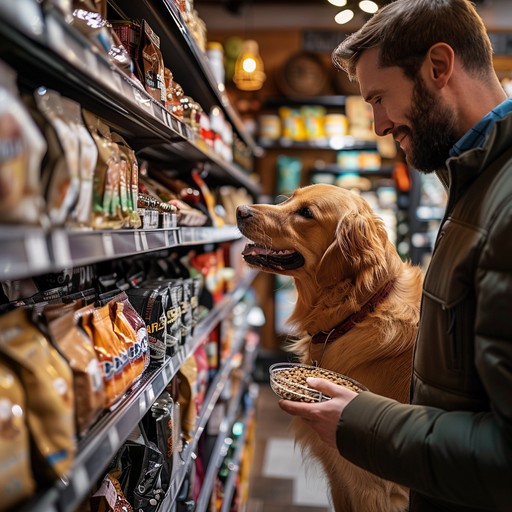 Common Pet Food Myths
Debunked Common Pet Food Myths
Debunked
In
the world of pet care, there's a lot of information—and
misinformation—about what to feed our furry companions. Let’s clear up
some of the most common pet food myths so you can make the best
nutritional choices for your pets!
Myth
1: "Grain-Free is Always Better"
Many
people believe that a grain-free diet is the healthiest option for
pets. However, grains are not harmful to most dogs and cats. In fact,
they provide essential nutrients, like fiber, vitamins, and minerals.
The real issue is whether your pet has a specific grain allergy or
intolerance, which is rare.
Truth:
Unless your vet advises grain-free due to allergies, most pets can
benefit from a well-balanced diet that includes grains.
Myth
2: "Raw Food is the Only Natural Way to Feed Pets"
Raw
diets have gained popularity, but they come with risks like bacterial
contamination (Salmonella, E. coli), which can affect both pets and
humans. Additionally, not all raw diets provide the balanced nutrients
pets need.
Truth:
While raw diets might work for some pets, they’re not always necessary
or superior. Cooked, balanced meals or high-quality commercial pet food
can provide complete nutrition.
Myth
3: "Table Scraps are Harmless"
It's
tempting to share your food with your pet, but many human foods can be
harmful or toxic to pets, like chocolate, onions, and garlic. Plus,
table scraps can cause weight gain and digestive issues.
Truth:
Stick to food specifically formulated for pets to ensure they’re
getting the nutrients they need without the risks.
Myth
4: "All Pet Foods are the Same"
Not
all pet foods are created equal. Some lower-cost brands may use
fillers, artificial additives, and low-quality protein sources, while
premium brands focus on higher-quality ingredients and balanced
nutrition.
Truth:
Always check labels for quality ingredients, and consult with your vet
to ensure you’re feeding your pet the best possible diet for their
needs.
Myth
5: "Dry Food Cleans Your Pet's Teeth"
It’s
a common belief that dry kibble helps clean a pet's teeth, but the
reality is that most pets swallow their food without much chewing.
Additionally, dry food particles can actually stick to teeth, leading
to plaque buildup.
Truth:
Regular dental care, such as brushing and vet-approved dental treats,
is essential for maintaining your pet's oral health.
Myth
6: "High-Protein Diets Are Bad for Older Pets"
It
was once thought that older pets should avoid high-protein diets due to
concerns about kidney health. However, recent research shows that
high-quality protein is essential for maintaining muscle mass and
overall health in senior pets.
Truth:
Older pets need quality protein in their diet—just like younger pets.
Work with your vet to ensure they’re getting the right balance.
Myth
7: "By-Products are Just Slaughterhouse Waste"
By-products
in pet food can sound unappetizing, but they often include
nutrient-rich organ meats like liver and heart, which are excellent for
pets. They aren’t just “leftovers,” as some might believe.
Truth:
Not all by-products are bad. It’s about the quality and source of the
by-products used in pet food.
Conclusion
Don’t
fall for these common pet food myths! It’s always best to rely on
science-based information and consult with your vet when choosing the
right nutrition for your furry friend. Remember, a well-balanced diet
is key to their long-term health and happiness.
If
you have any questions or need personalized advice, feel free to reach
out to us here.
|

